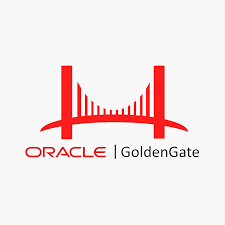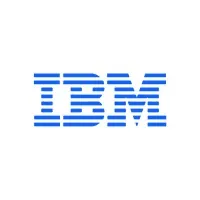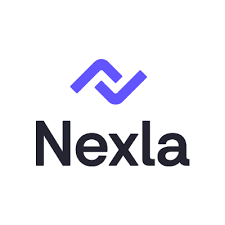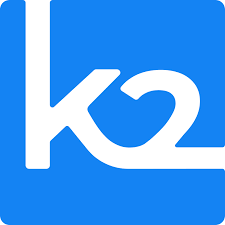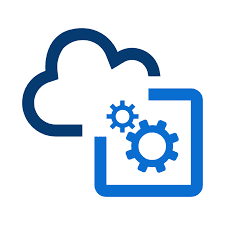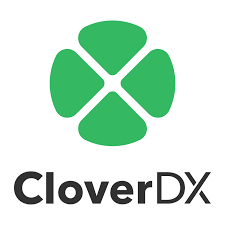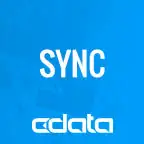Data integration platforms are essential for any company, as managing multiple information sources and unifying them into a single format can be tricky. These simplify the process and connect databases and cloud environments, enabling data streams. Working with data integration solutions a company can keep data error-free, sync up departments, and enhance their data-based insights.





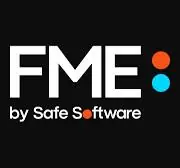
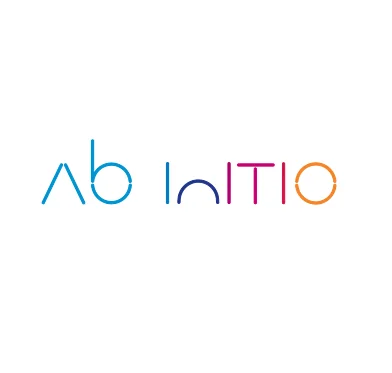



FAQ
How well do data integration tools scale over time?
As with almost any software, if you choose a quality option, it will comfortably follow your company’s scaling and accommodate any growth you achieve. Therefore, it’s especially important to consider if the software you picked has good throughput and processing.
Why is low-code important for data integration platforms?
It lowers the bar for entry, making initial efforts to build pipelines much faster and intuitive. Even if your team has experience with this type of work, there’s no reason to overcomplicate it. Thus, using a low-code or no-code approach can be the most efficient choice for data integration solutions.
How to ensure security of our chosen software for data integration?
First off, always choose reputable tools that have verified reviews and don’t have complaints about flawed security. Second, remember to establish separate protocols and pipelines for any work with sensitive data. This guarantees it won’t mix with low-priority data or be fed for third-party processing through integrations, protecting your private information.
What’s better for data integration platforms: ELT or ETL?
It’s not really possible to give an answer that will fit every use case here, as both options are good for their own reasons. We can, however, point out that ETL seems to be in vogue right now, and the majority of integration tools either offer both or focus on ETL specifically.
What are the benefits of data integration tools?
Some of the biggest pros of using data integration solutions are:
- The ability to make informed decisions;
- More efficient data processing;
- Unification of disparate streams.
These are all important, especially for bigger companies, as they streamline operations and allow you to gain unique business insights. Stronger analytics lead to better outcomes in the market, so the value of informed decision-making cannot be overstated.
Get in touch
- Drop us a line: hi@s-pro.io
- Contact us: +41 79 535 63 77

